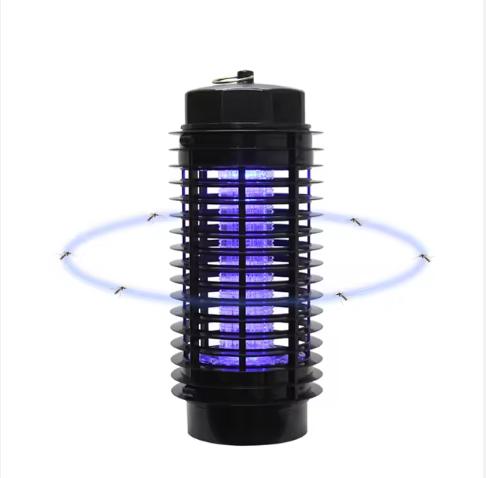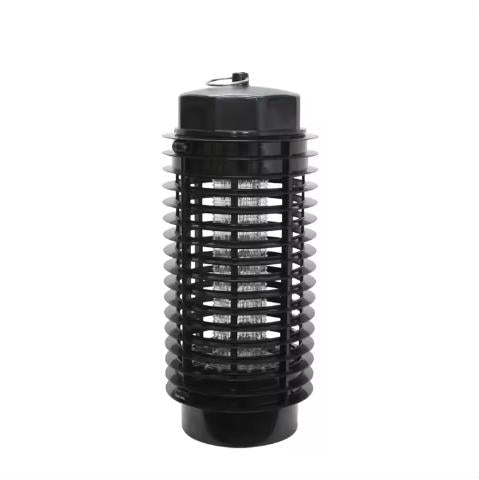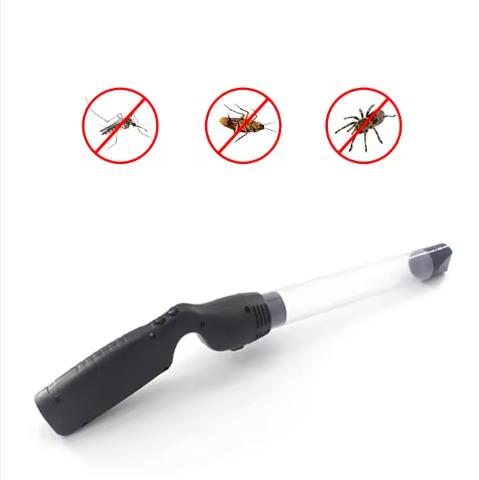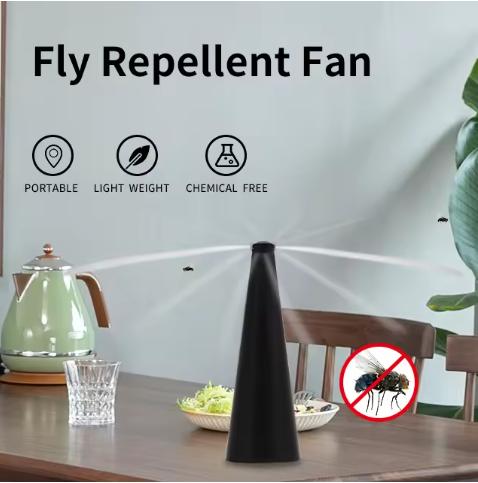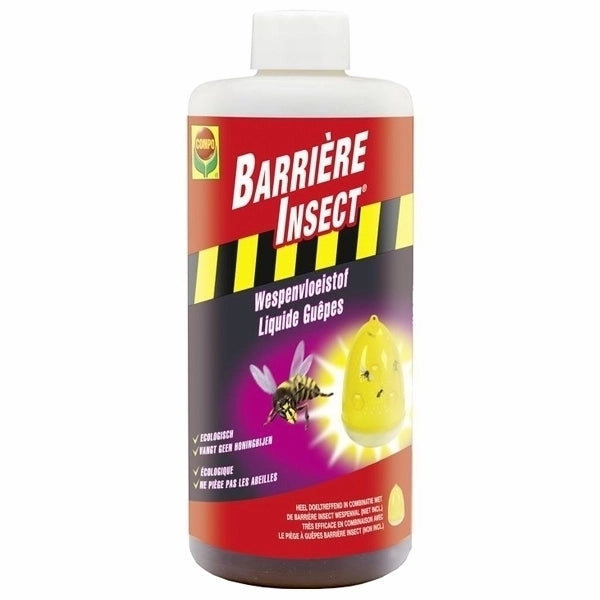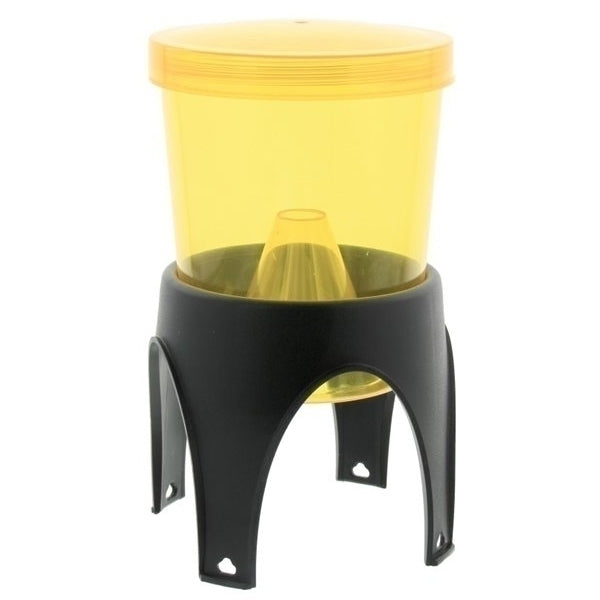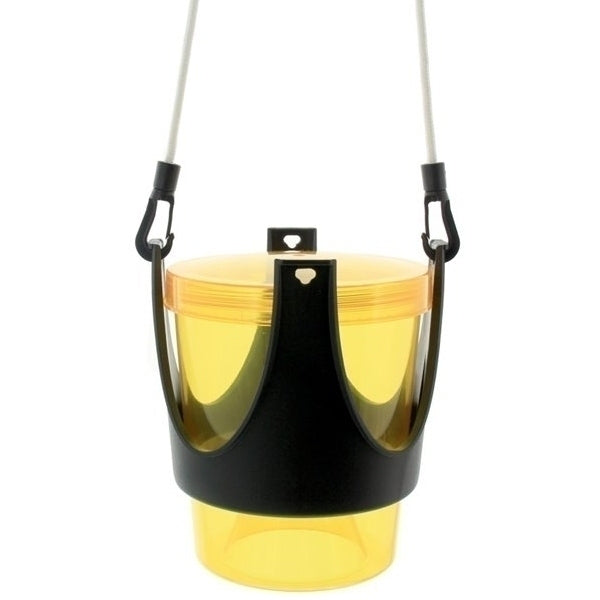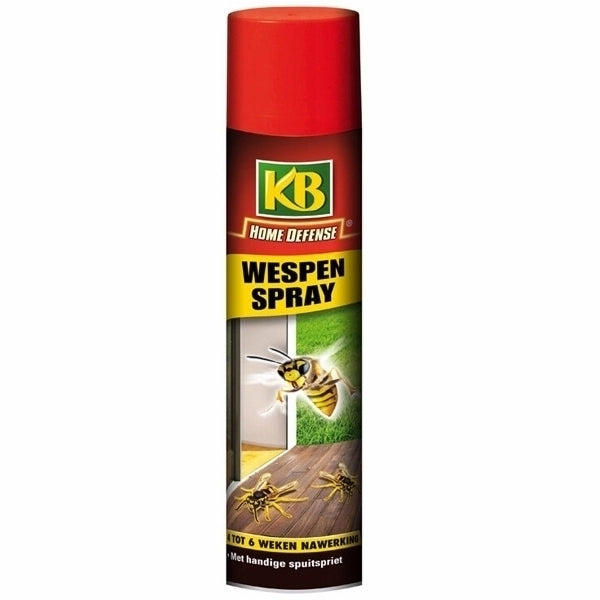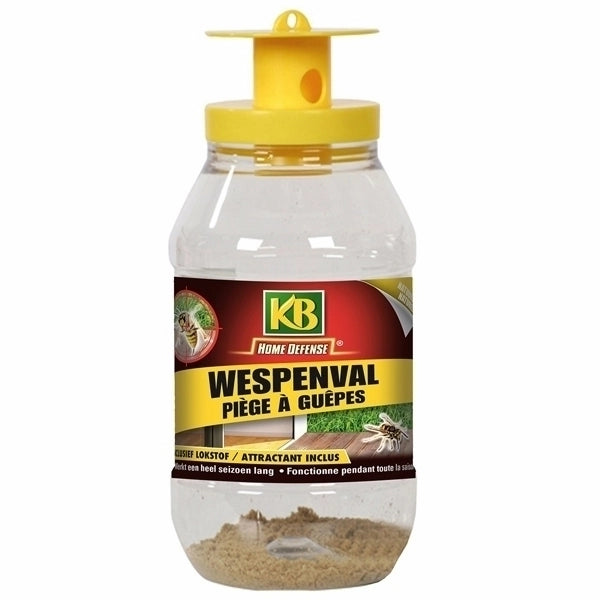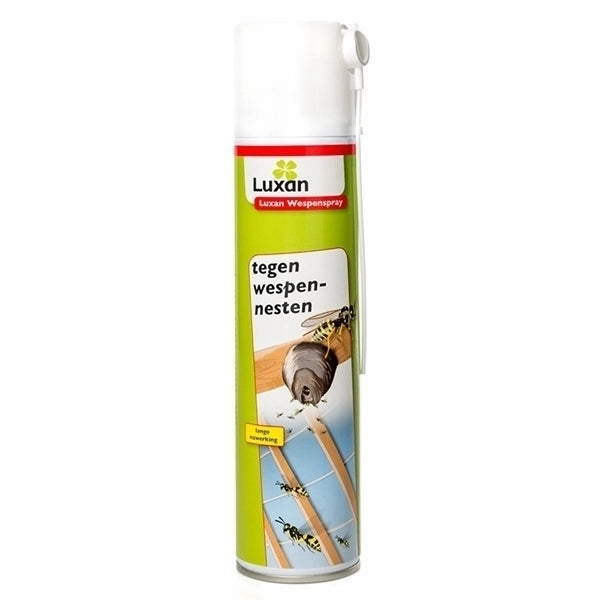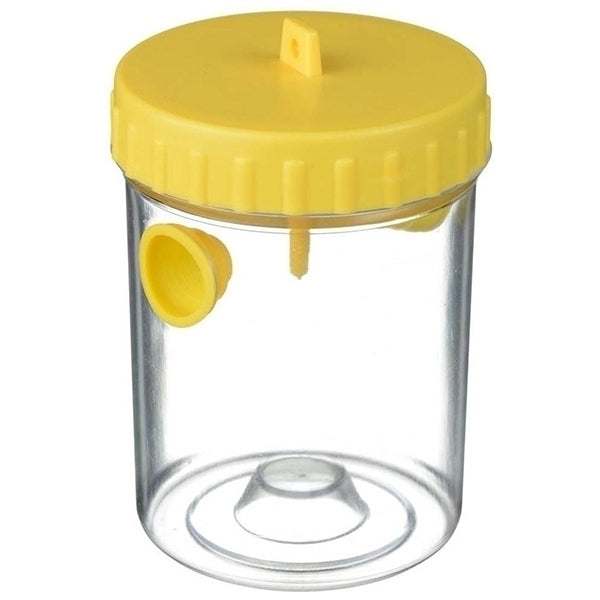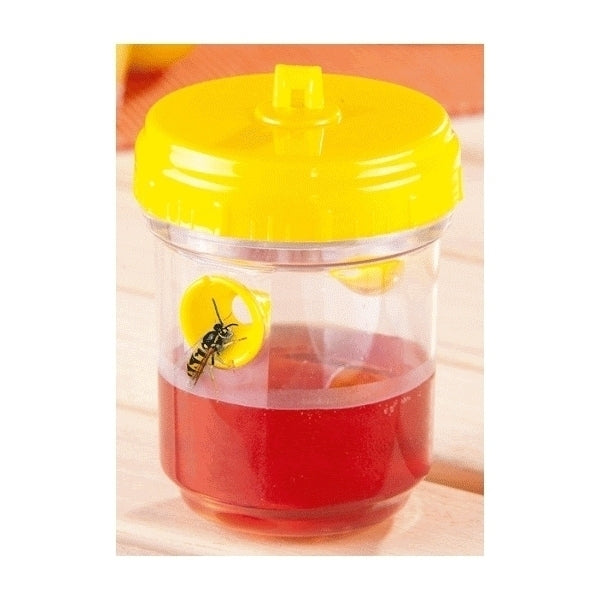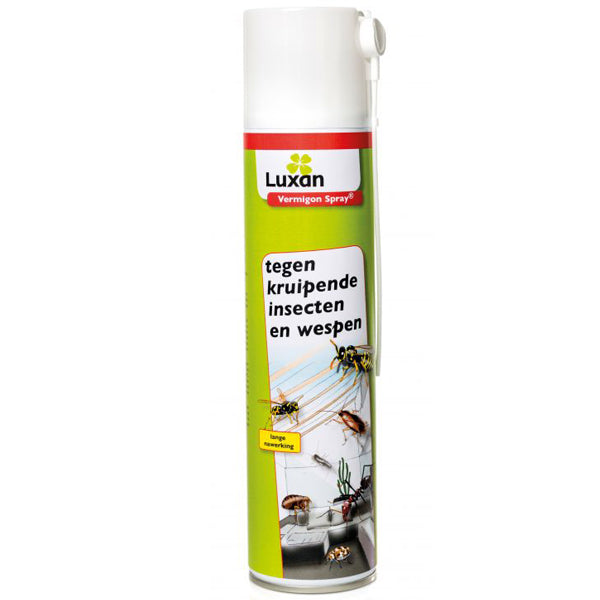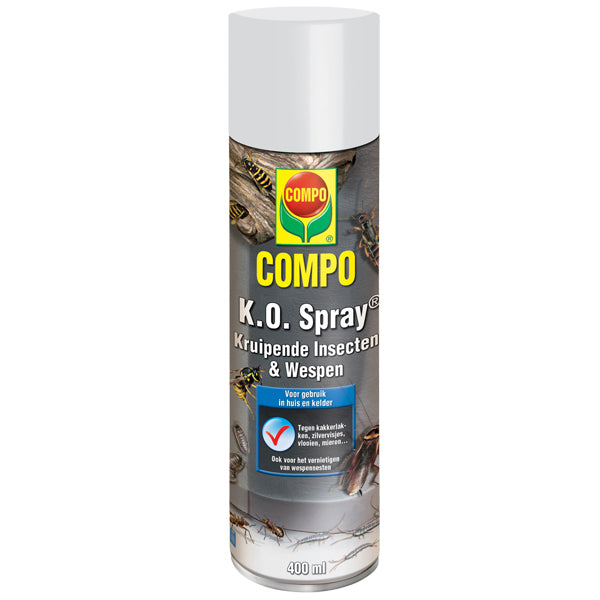Wasps
Wasps
wasps are a type of flying insect known for their stings. There are many different species of wasps, and they are found all over the world. Wasps are generally considered pests because their stings can be painful and cause swelling.
However, some wasp species are useful to humans because they help control the population of other pests . Wasps commonly build nests from chewed up wood pulp, and they can often be found near human dwellings.
In some cases, wasps build their nests in buildings, which can be a problem for homeowners. If you have wasps on your property, it is important to take steps to remove them to avoid being stung.
Fighting wasps
Wasps can be a real pest, especially when they build their nests near your home. Not only are they a potential health hazard, but they can also cause damage to your property.
If you are bothered by wasps, there are a few things you can do to combat them. First, try to remove any food sources that may attract them to your property. This includes outdoor trash cans, pet food, and fruits or vegetables that have fallen from trees.
Secondly, you can use wasp traps to catch the insects and prevent them from settling on your property. Finally, if all else fails, you can always call an exterminator to get rid of the problem for good.
When do wasps die?
As with most insects, a wasp's life cycle is relatively short. Most species live for only a few months, with the queen wasp usually living longer than the rest of the colony.
Queens mate with drones (male wasps) in late summer or early fall and then spend the winter in hibernation. In the spring the queen comes out of hibernation and starts building a new nest. The first eggs she lays produce sterile workers that will help her expand the nest and care for subsequent generations of larvae.
By late summer or early fall the colony will have reached its maximum size and new queens and drones will be produced. The old queen and most of the workers will then die, leaving only a small number of wasps to overwinter and start the cycle again the following year.

